Danger in the Air: The Critical Role of Gas Detection in Confined Spaces
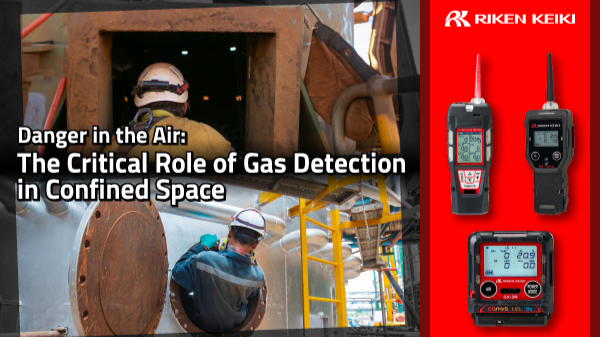
Table of Contents
What Are Confined Spaces?
The Hazards of Confined Spaces
Confined spaces can increase the risk of different kinds of accidents due to their structure and working conditions. Gas-related hazards are particularly common in confined spaces and can be divided into three main causes: lack of oxygen, gas poisoning, and gas explosions.
- Lack of Oxygen: It is essential that workers get sufficient oxygen at all times. When oxygen levels in the air fall below 18%, workers may be unable to take in the oxygen necessary for sustaining life, which could lead to oxygen deficiency. In confined spaces, oxygen levels cannot recover without proper ventilation. Oxygen levels in the air can decrease simply as a result of workers breathing, but activities which involve combustion such as soldering, and fermentation (where oxygen is consumed by bacteria) can likewise contribute to oxygen depletion. Workers are also at risk of lack of oxygen when gases heavier than air, such as carbon dioxide, accumulate in the working environment.
- Gas Poisoning: Some gases such as carbon monoxide and hydrogen sulfide can be harmful to human health when touched or inhaled, even in miniscule amounts. These gases can cause workers to fall unconscious, resulting in delays in evacuation and reporting of accidents, potentially even resulting in death in the worst of cases. Toxic gases are often colorless and odorless and therefore require constant ongoing monitoring of gases to ensure early detection.
- Gas Explosions: Flammable gases such as methane and propane combust at a given concentration and temperature. Even gases which do not typically ignite easily in the air can cause major fires or explosions when they accumulate in confined spaces. When a gas ignites, thermal expansion causes it to increase in volume, bringing about a sudden rise in pressure within the confined space. This increase in pressure can then result in damage to structures or explosions.
Common Accidents in Confined Spaces
Accidents when working in water supply and sewage systems (in manholes)
Due to their structural layout, water supply and sewage systems are particularly susceptible to both decreased oxygen levels as well as the presence of hydrogen sulfide from sewage sludge.
Municipal water supply and sewage systems require daily maintenance, meaning working in manholes is a common everyday task.
And yet due to the invisible nature of the hazards of the workplace, it is unfortunately not uncommon to overlook the importance of measuring oxygen and toxic gas levels before beginning work and ensuring proper ventilation during work.
Accidents when working within shipboard tanks
Accidents when working on construction sites and infrastructure projects
Accidents when working in facilities where flammable gases are used
Preventing Accidents in Confined Spaces
The best way to prevent accidents in confined spaces is to be prepared. It is important to first gather sufficient information about the working environment and the nature of the work itself, and then establish an appropriate safety plan and detailed work procedure. Next, in order to ensure a safe working environment, it is necessary to measure the gas concentrations present and make sure that the workplace has sufficient ventilation. In addition to measuring gas concentrations present before workers enter the confined space, it is also a good idea to continue to monitor gas concentrations on an ongoing basis throughout the duration of the work. Lastly, be sure to provide thorough safety and health training for workers. It is important to raise awareness about not only the hazards of the workplace but also the importance of ventilation and how to use protective equipment properly. It is also a good idea to hold periodic rescue drills and practice using rescue equipment to ensure that everyone is prepared in the event of an emergency.
In Japan, for example, the Japan Safety Appliances Association offers a protective equipment advising service, providing information and training on the basic technical and legal aspects of using personal protective equipment properly.
Our Solutions: Portable Gas Monitors
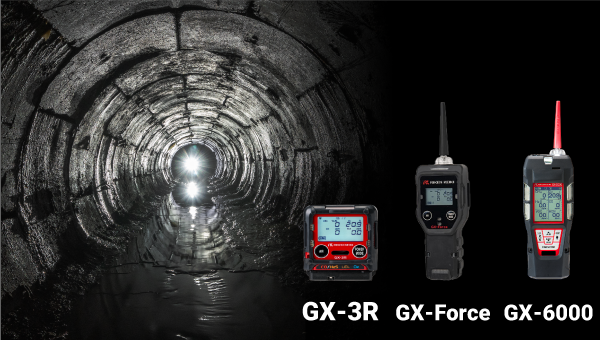
GX-3R
GX-Force
This multi-gas monitor with built-in pump is unrivaled in its versatility, allowing for simultaneous detection of 6 different gases all in one device. For example, it is capable of detecting gases such as methane or hydrocarbon (CH4 or HC), oxygen (O2), hydrogen sulfide (H2S), carbon monoxide (CO) and volatile organic compounds (VOC). But this monitor’s versatility does not stop there – its PID sensor allows for measurement of over 200 different chemical substances for use in a countless range of environments and applications. Its new and improved design now features two new safety functions for even more protection: the “panic alarm” and “man down alarm” functions.
*Panic Alarm: Activated manually by the user to alert others about a potentially dangerous situation on site.
*Man Down Alarm: Activated automatically after a certain period of inactivity to alert others that the user may be in danger.
GX-6000
PRODUCTS
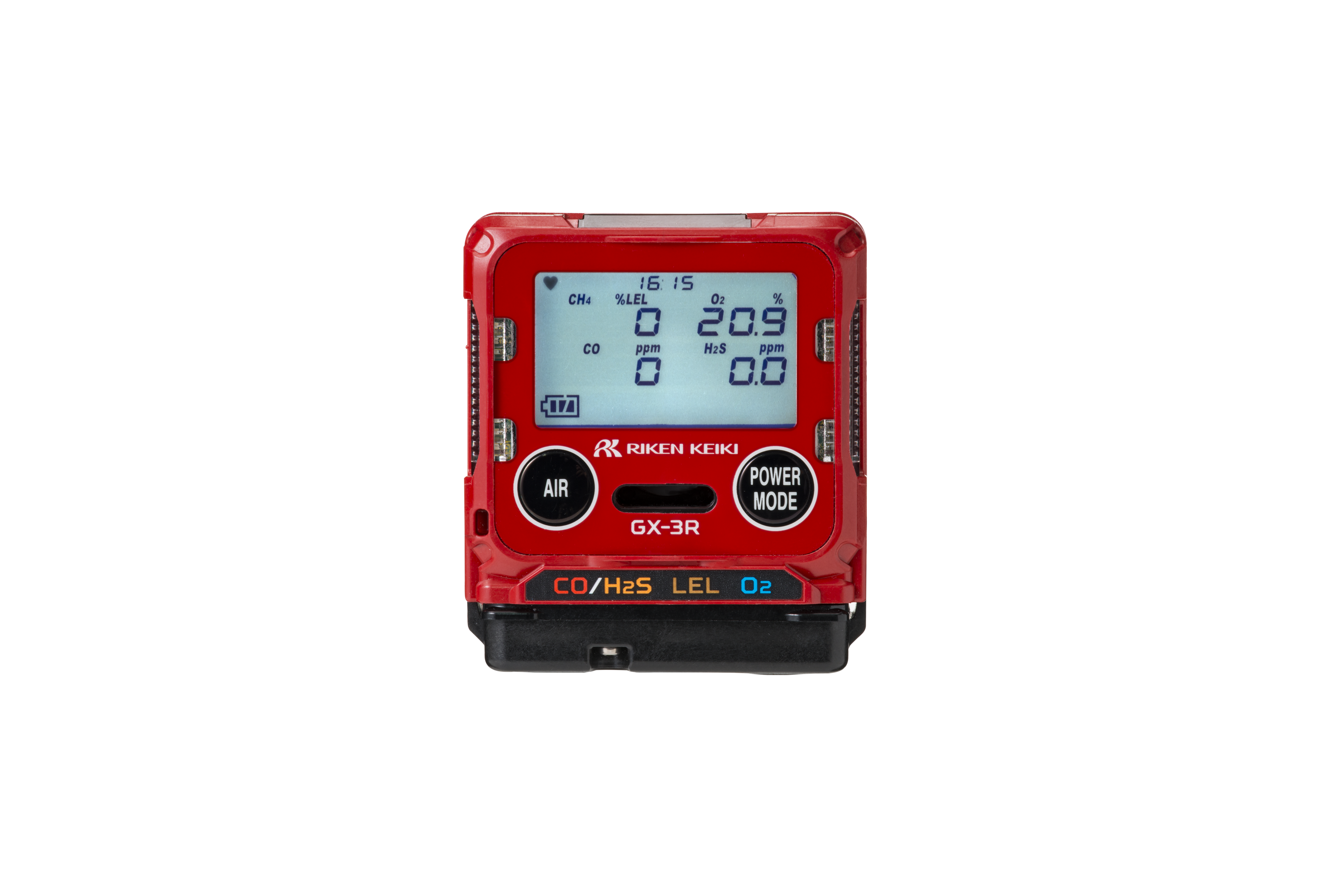
Product type |
Portable Gas Detector |
|---|---|
Applications |
|
single/multi |
Multi |
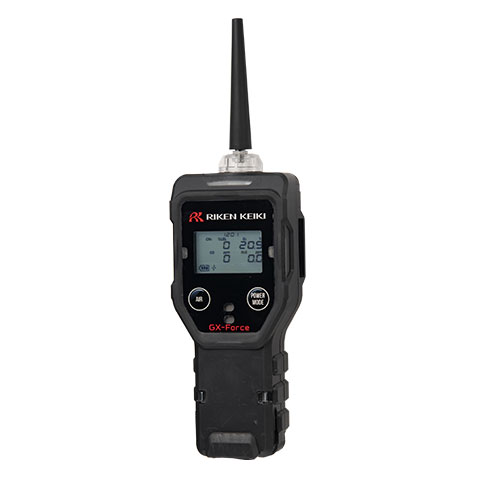
Product type |
Portable Gas Detector |
|---|---|
Applications |
|
single/multi |
Multi |
.jpg)
Product type |
Portable Gas Detector |
|---|---|
Applications |
|
single/multi |
Multi |

Want to hear from an expert?


You may also be
interested in

The Importance and Key Considerations of IP Codes When Choosing Gas Detectors
Learn why IP codes matter when choosing gas detectors. Discover how dust and water resistance ensure reliable performance and worker safety in harsh environments.
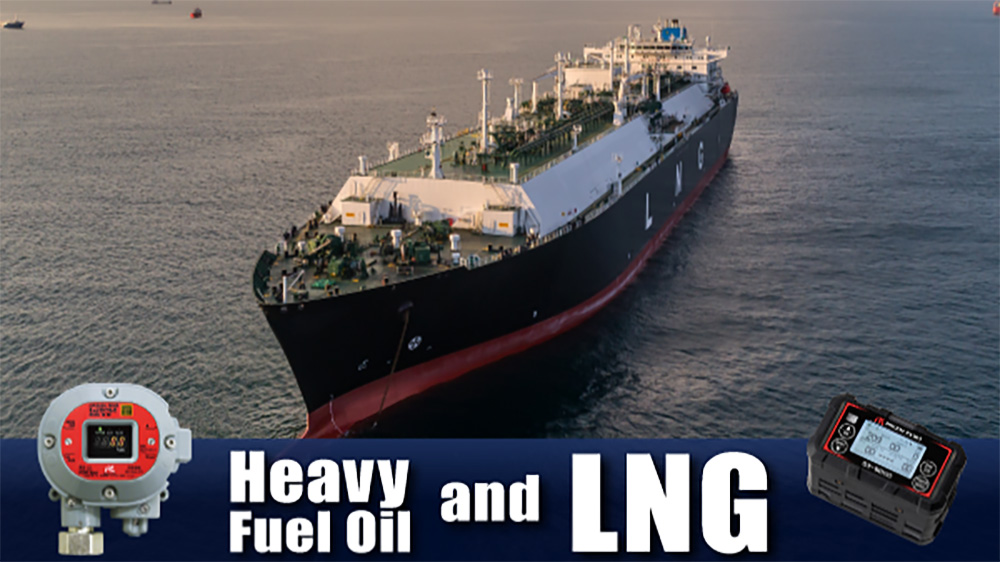
Heavy Fuel Oil and LNG
Heavy fuel oil powers global shipping with efficiency, affordability, and safety—maximizing cargo space and enabling long-distance voyages.
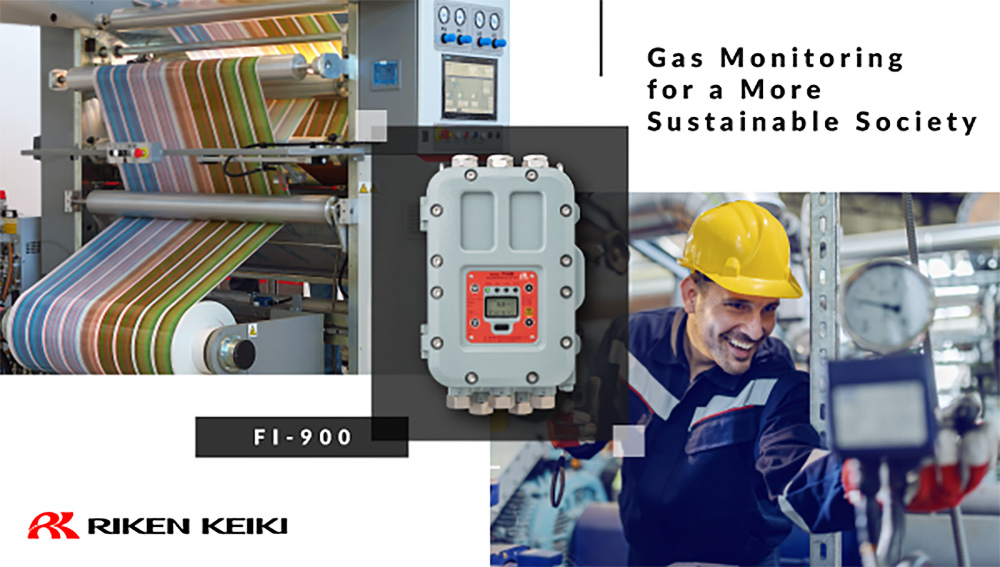
Gas Monitoring for a More Sustainable Society
Riken Keiki aids sustainability with gas monitors, supporting circular economy efforts and eco-friendly manufacturing practices.
Publications





